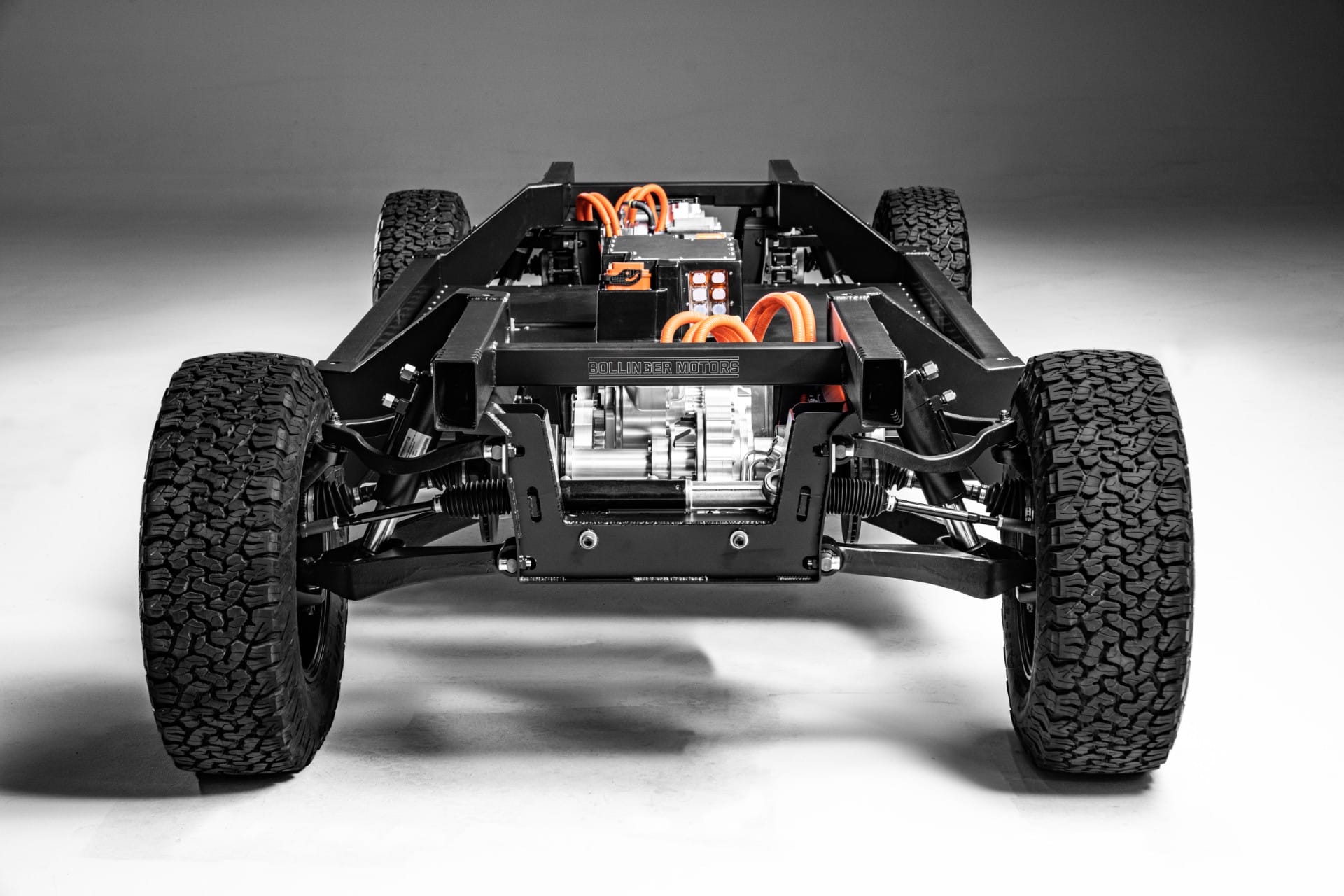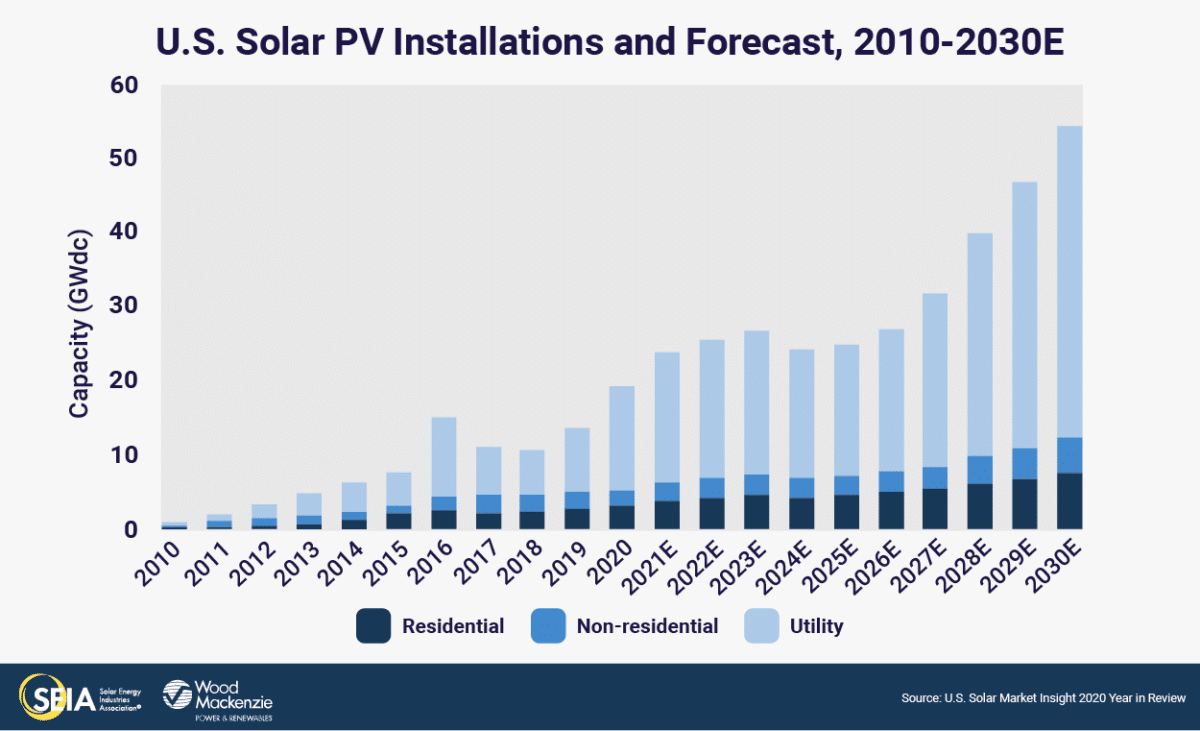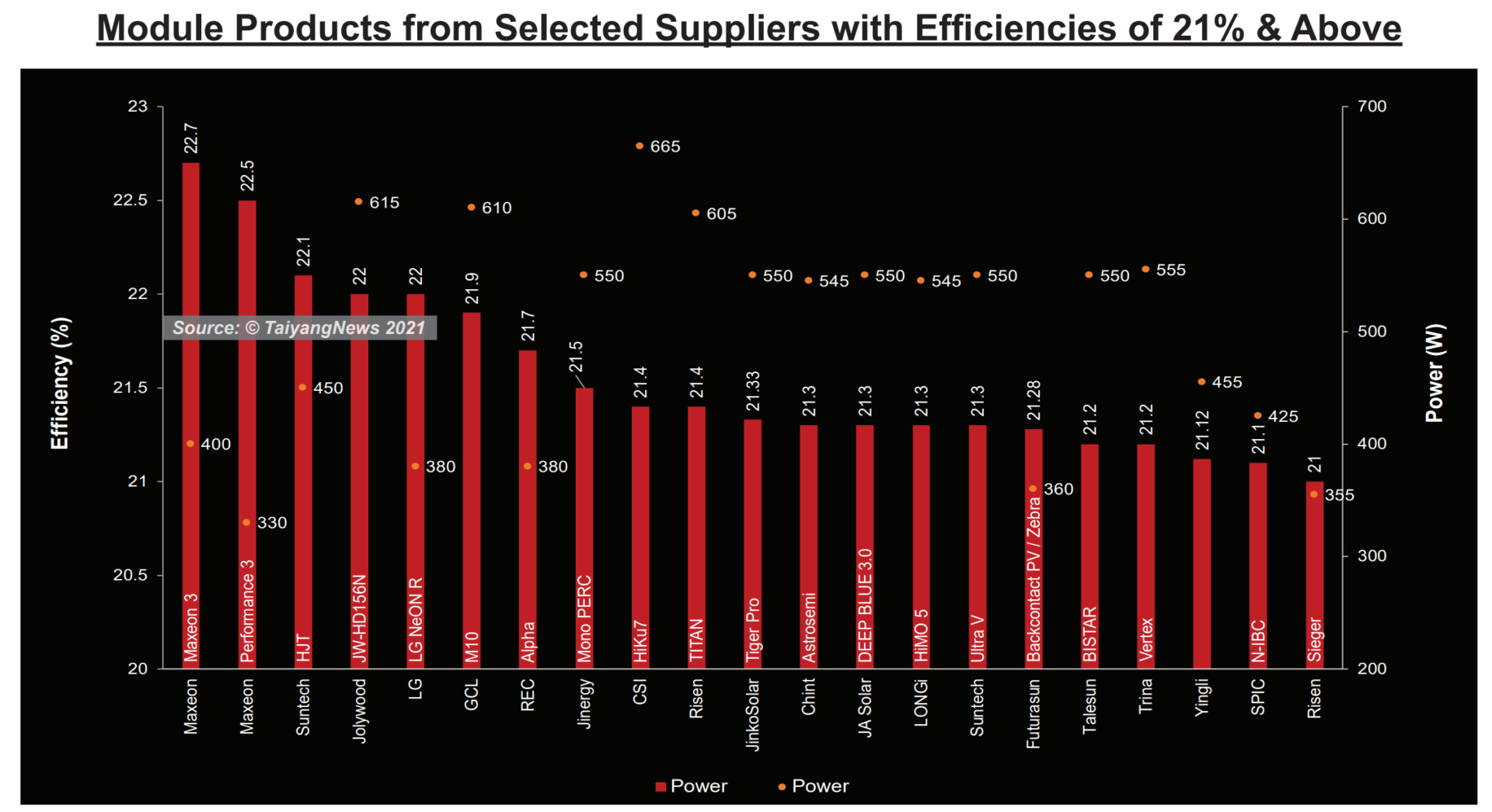The Clean Power Hour is a weekly clean energy headline review and commentary podcast brought to you by Tim Montague and yours truly – the CommercialSolarGuy – John Fitzgerald Weaver.
First of course, here’s the podcast – Episode 36!
Germany’s renewable energy generation exceeded the country’s total electricity demand
…the fine print is that it was only for a brief period of time, and it was mostly due to a multiday wind event (pea green soup coloring below is wind). The wind eventually died down, and fossils were set on fire again, but clearly the power grid was able to manage itself.
It has been storming in Germany since Wednesday.
– Wind produces more than 40 GW of electricity.
– The share of renewables in electricity generation is sometimes over 80%.
– The residual load is now negative: renewable generation is greater than the load.https://t.co/d3wkTkwoEN pic.twitter.com/zpTuXDeGup— Bruno Burger (@energy_charts) March 13, 2021
2021 Sustainable Energy in America Factbook
…just a lotta information that is interesting if you want to browse things (plus Tim liked it and it’s from BNEF who we both like). Link to factbook at bottom of article.
Asset finance activity for new-build U.S. solar rose to the highest level of the last decade, reaching $23.1bn in 2020, from $15.7bn in 2019. Acquisition activity also rose from 2019 to 2020, driving more funds into the sector. In 2020, BNEF tracked 4.3GW of commissioned capacity that changed hands, compared to 4.2GW in 2019.
U.S. solar industry comes ‘roaring back,’ breaks multiple records in 2020
…if you follow me on Twitter, you would have known this information a while back. However, what really surprised me was Wood MacKenzie Renewables & Power suggesting 50+ GW by the end of the decade. That’s a lotta capacity.
industry installed a record 19.2 GW of capacity last year. That was a 43% increase from 2019 and bested the market’s previous annual record of 15.1 GW set in 2016. By 2030, it expects that the total operating U.S. solar fleet will more than quadruple, installing a cumulative 324 GW of new capacity to reach a total of 419 GW.
The Texas Grid is the Latest Too-Big-to-Fail Story
…the gas supply being taxed by cold weather in Texas has lead to ~25 GWs of generator failures, which caused rolling blackouts, which makes heat (both electric and gas) difficult to maintain, and also taxes water treatment facilities knocking out water and sewage, all while cell towers are down because they didn’t have sufficient diesel backup.
Bolinger EV Chassis – $55k base price, price and battery goes up to 402 kWh
…funny but we recently tried to get dealers to return phone calls to us regarding an electric truck purchase, and no one called back. We don’t believe that the units were even available, but they were in the news.
Chass-E Cab will start at $70,000 in rear-wheel-drive form or $100,000 in all-wheel-drive form. Chass-E models will cost $55,000 with rear-wheel drive or $80,000 with all-wheel drive. Chass-E includes a 105-kwh or 140-kwh battery pack and 15-kw “export power.” Expected availability in 2022.
Northvolt to build Europe’s largest energy storage systems plant in Poland
The $200m plant is an expansion to already existing battery system facilities the Swedish company has in the region. It will have an initial annual output of 5GWh, and a potential future capacity of 12GWh, as well as an engineering research and development centre.
And a cool data point in this chart regarding battery manufacturing – the CO2 embodied in making a 100kWh NMC (622) battery pack on a per country basis.
Cell and EV manufacturing in the Nordics results in some of the lowest manufacturing emissions because of the high penetration of low carbon power.
Figure: emissions associated with building a 100kWh NMC (622) pack#VWPowerDay pic.twitter.com/FGbp5BCqEl
— James Frith (@JamesTFrith) March 15, 2021
Equinor: Floating Wind Farms a Natural Fit for Oil and Gas Companies
Equinor, among Europe’s largest oil producers, intends to grow its fleet of renewable energy projects tenfold by 2026, to 4-6 gigawatts, on the way to 12-16 gigawatts by 2035. They completed the industry’s first full-scale project several years ago, the 30-megawatt Hywind Scotland.
Just a cool picture of an install that ComemrcialSolarGuy’s intern saw while driving around last week. The panels aren’t bent, it’s just that they curve slow enough, and the image is far away enough – that it looks real cool!
You know you’re a ⚠️solar nerd⚠️ when you see some awesome solar on a rooftop and you have to pull over for a picture!! This is in Rumford, mass.. hadda share 🆒🔆♻️ #solar #renewable #energy #solarnerd #commercialsolarguy #enjoy #solar #gogreen https://t.co/nnJix0u9pb pic.twitter.com/v0pPwXpHVh
— Commercial Solar Guy (@SolarInMASS) March 15, 2021
Massachusetts bill would mandate rooftop solar on new homes and commercial buildings
…first, this was just a submission of a bill, however, this type of law has a lot of support. So it’s not a trivial submission. Second, the bill itself notes that many rules and considerations must be considered via public hearings before the final laws are rolled out. So a lot of work, if it gets signed into law.
Section 3. (a) Certain categories of new buildings, as specified in this section, shall be required to have a solar energy system. The department shall develop and adopt amendments to the state building code within 1 year from the passage of this act, in consultation with the board of building regulations and standards, to establish this requirement.
Multiple Module Efficiencies Above 21%
..according to our research (status: December 2020), a total of 21 products from 18 different companies have made it to our list this year. Our previous report consisted of 17 and 16 products in 60 and 72-cell configurations respectively. A common attribute of these high-efficiency modules using standard PERC cells is that they all are based on very large wafer formats as of today – either 182 mm or 210 mm edge length.
And now, the podcast:



